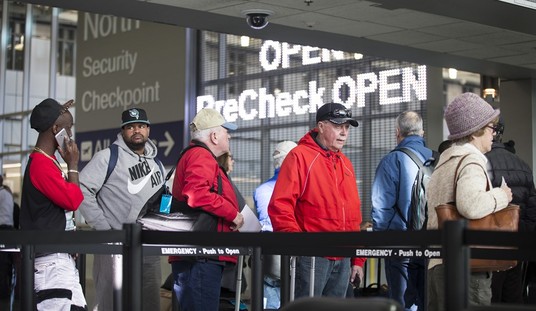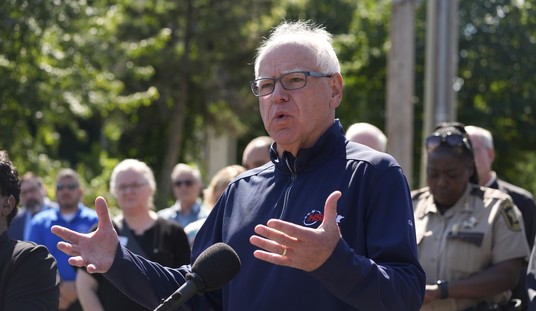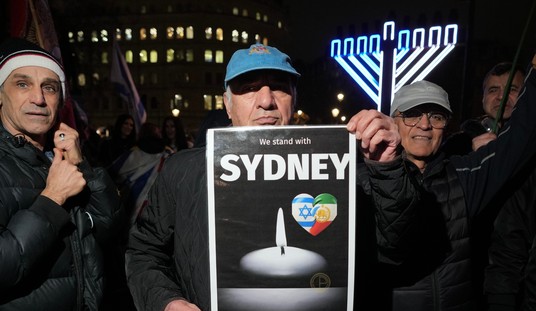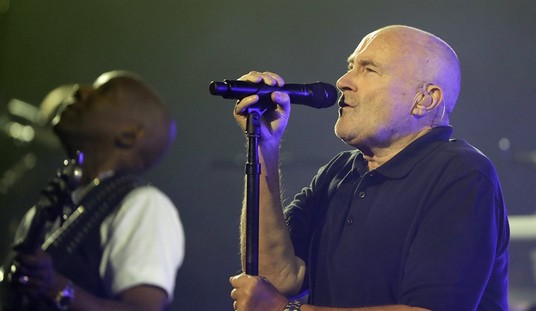
(AP Photo/J. Scott Applewhite)
With the 2018 Supreme Court term in the books, attention now turns to the next term which begins the first Monday in October. The Court has already granted about 50 cases, some of them overlapping and thus consolidated. The next term promises to have its share of controversy and we can expect to see demonstrations in front of the Court building during oral argument. The October calendar for oral argument has already been released, so we will start there with cases of interest. Note that not every case will be looked at in this article, just the most important and potentially controversial ones.
First up is Kansas vs. Garcia. In this case, Garcia used the social security number of another person to gain employment. Starting with a routine traffic stop that resulted in suspicions of possible identity theft, it was later found that Garcia had used the social security number of someone from Texas in order to gain employment and was convicted of identity theft under Kansas state law. Upon appeal, the conviction was reversed since the appeals court found that federal law, particularly 1986’s IRCA, preempted the state from enforcing their law in employment situations where an alleged illegal immigrant used a false or stolen social security number. This might be similar to the Arizona case a few terms back.
In Kahler vs. Kansas, the Court will consider whether under the Eighth and Fourteenth Amendments, a state may abolish the insanity defense. Meanwhile, in Ramos vs. Louisiana, the Court must determine whether the Sixth Amendment’s requirement for a unanimous verdict in criminal cases is fully incorporated against states under the 14th Amendment.
The Court will then tackle a trio of cases sure to bring out the crazies when argued. These are cases under Title VII of the Civil Rights Act of 1964 as they apply to the transgender and gay communities. One case specifically asks whether Title VII even applies to transgender people in cases of alleged workplace discrimination. The other two cases, with slight variations, deals with alleged workplace discrimination based on sexual orientation. The keywords in Title VII are “because…of sex.” In short, the Court will have to decide whether those words now encompass not only the tradition notion of male and female, but also the more-recent attempts to blur the line between the two. It should be noted that homosexuals and transgenders are not considered “protected classes” under the law and thus any action subject to strict scrutiny.
Finally, in a series of five cases scheduled for October which will be consolidated into one oral argument, the Appointments Clause of the Constitution is called into question as regards the Financial Oversight and Management Board for Puerto Rico. These are interesting cases which will receive closer review come October.
A very important Second Amendment case has not been scheduled for argument yet. It is New York State Pistol and Rifle Association vs. City of New York. The city passed an ordinance which banned transporting a legally licensed, locked and unloaded gun outside city limits to another home or shooting range. Besides obvious 2nd Amendment implications, the Court will also examine whether the law violates the Commerce Clause and the right to travel. Expect a 5-4 decision here with the law being struck down (although either Breyer or Kagan may see the idiocy of this law).
In County of Maui, Hawaii vs. Hawaii Wildlife Fund, the Clean Water Act is brought before the Court again. The case revolves around whether an EPA permit is required when pollutants originate at a point source but are conveyed to navigable waters by a non-point source such as groundwater. The definition of “navigable waters” is important here. The County of Maui lost their case before the Ninth Circuit. The Supreme Court generally reverses their decisions and have been reigning in EPA overreach in recent years, so it will be interesting to see where this case leads.
Another important case with broad implications is Espinoza vs. Montana Dept. of Revenue. At issue in this case the Court is asked whether a generally available and religious-neutral student aid program violates the First Amendment’s Establishment Clause because the aid program allows the choice of attending religious schools? It seems straightforward on its face, but rest assured people like Sotomayor and Ginsburg will dredge up single lines from a Thomas Jefferson letter two centuries ago (lines taken out of context, by the way).
And finally, in two very closely watched cases, the Supreme Court will finally decide in Trump vs. NAACP and DHS vs. University of California whether the administration’s decision to wind down DACA is lawful. First, they must answer the question whether an administrative decision is even allowed its day in court. One suspects they will, but the party bringing the action has to show a “harm.” My guess is they will rule in the favor of the University of California and NAACP on this question. Having done that, they must then determine whether winding down the program is lawful.
No one needs reminding that DACA came about not as the result of Congressional action or law. It was a “prosecutorial discretion” decision reached by the Obama administration and carried out through Executive Orders. Hence, not being law, one cannot understand how ending DACA would be “unlawful.” This is akin to the travel ban case and this writer suspects a similar outcome in an eventual 5-4 decision. The only question is whether Roberts, in his zeal to preserve “the integrity of the Court,” so waters down a decision and how much virtue signaling is present in a majority opinion. If I were Roberts, I would let Thomas or Alito do the writing.














Join the conversation as a VIP Member